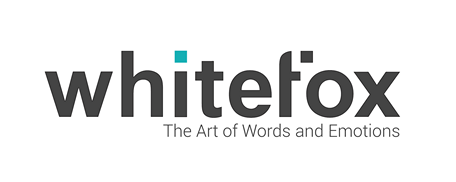Context
Whitefox effective communication training is a practical training course in advanced listening and speaking skills. As mentioned before on the main page, everything we do at Whitefox is about communication in any case, regardless of whether we present managers with their favourite words, phrases and grammatical structures, or describe how customer’s facial expressions and the underlying emotions will affect the sale of a new product; everything boils down to the ability to listen and speak carefully.
